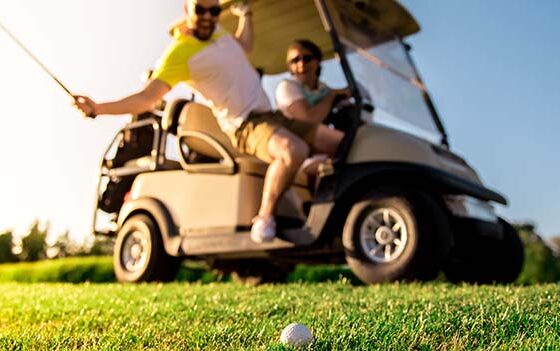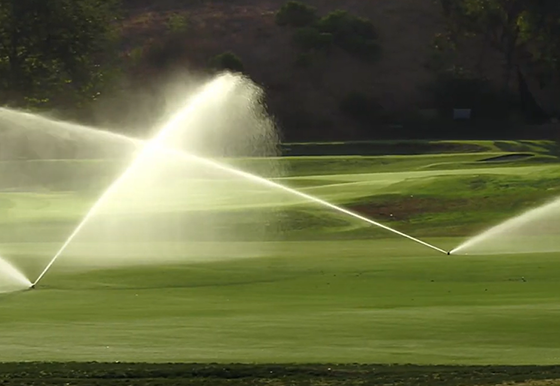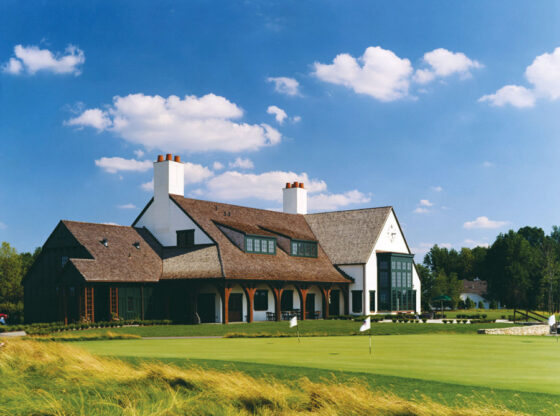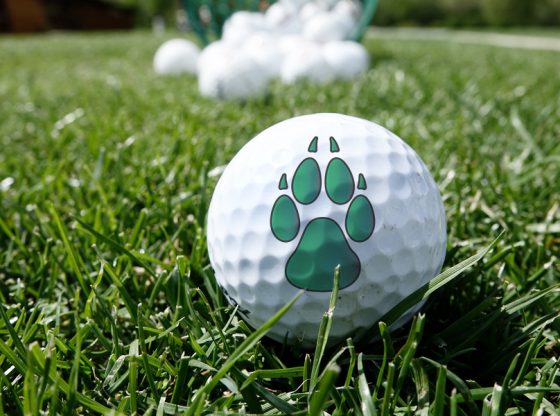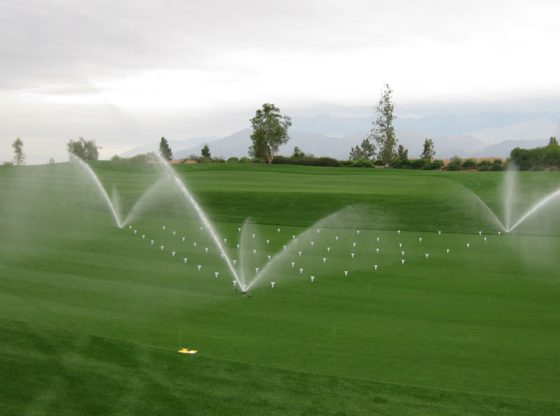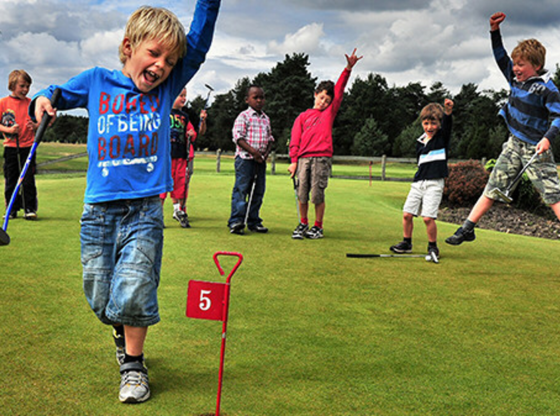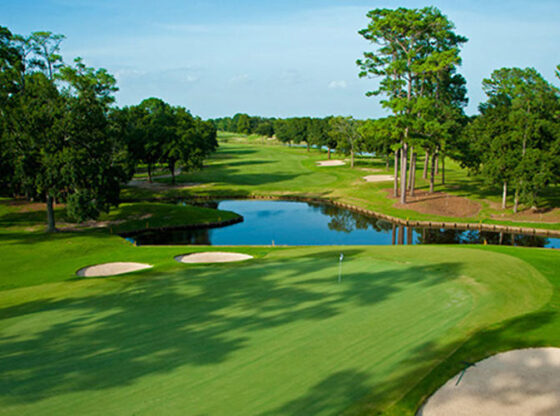Summer is here! Your warm busy season is good for business, but the heat means more stress on your team. You want to keep them healthy and productive to keep your golf course running smoothly. Any outdoor workers, including your course workers, need to know the risks and signs of heat-related illnesses.
Heat illnesses can be fatal and needs to be taken very serious. Call 911 if any of your team members experience these symptoms: nausea or vomiting, dizziness, fainting, weakness, convulsions, high body temperature, headache -> they indicate a heat stroke! Symptoms such as irritability, thirst, high body temperature, and cramping indicate heat exhaustion. There are things you can do to prevent heat illness and things you need to do in case of an emergency.
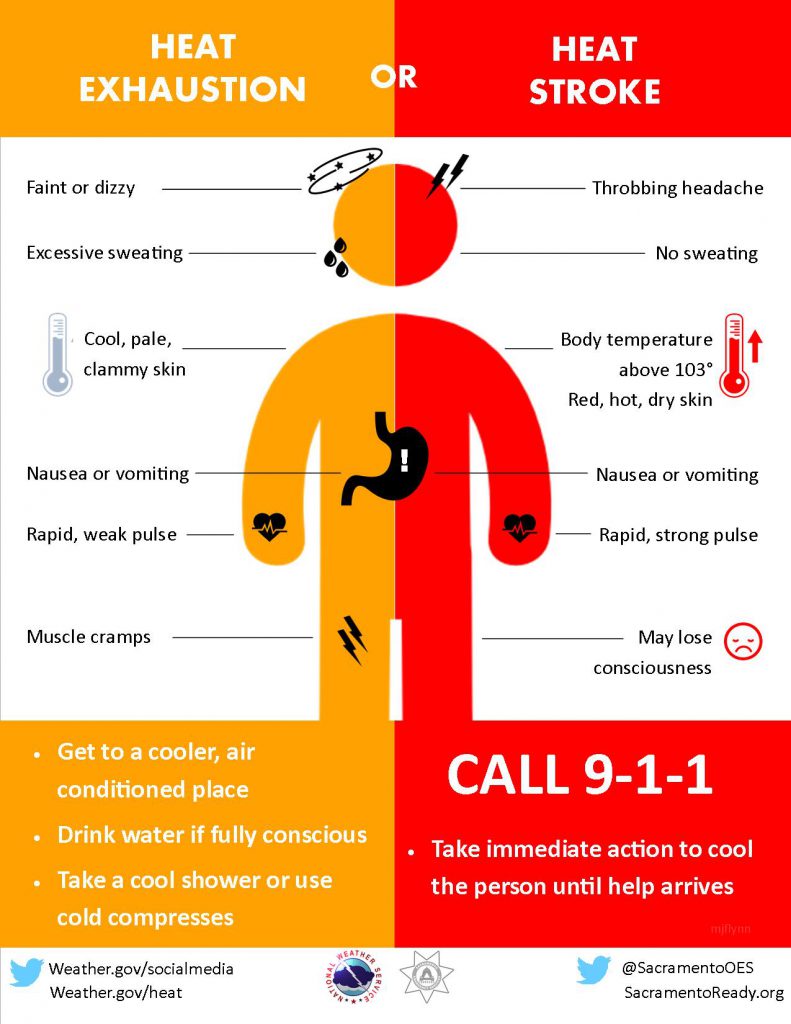 According to the Mayo Clinic, heat exhaustion is a result of your body overheating. There are three heat-related syndromes: heat cramps being the mildest, then heat exhaustion, followed by heatstroke which is the most severe. Heatstroke can occur if your body temperature rises to 104F (40C) or higher. Heatstroke requires emergency treatment. Untreated heatstroke can quickly damage your brain, heart, kidneys and muscles. The longer treatment is delayed, the worse the damage gets, increasing your risk of serious complications or death. While you wait for an emergency worker to arrive, you should get the person in the shade or indoors and dab them with cool compresses. If they are fully conscious, give them sips of water to drink.
According to the Mayo Clinic, heat exhaustion is a result of your body overheating. There are three heat-related syndromes: heat cramps being the mildest, then heat exhaustion, followed by heatstroke which is the most severe. Heatstroke can occur if your body temperature rises to 104F (40C) or higher. Heatstroke requires emergency treatment. Untreated heatstroke can quickly damage your brain, heart, kidneys and muscles. The longer treatment is delayed, the worse the damage gets, increasing your risk of serious complications or death. While you wait for an emergency worker to arrive, you should get the person in the shade or indoors and dab them with cool compresses. If they are fully conscious, give them sips of water to drink.
HYDRATION is key in prevention! Encourage your team to drink 16-18 ounces of fluids about two hours before and another eight ounces about 30 minutes before their shift. Also encourage electrolyte drinks such as Gatorade or Powerade. Water should be a primary source or re-hydration but adding in some essential salts and minerals during long shifts is a good idea. Other ways to cool off: take regular breaks in the shade, walk through a sprinkler or spray yourself with water, cold compresses, go into a cooler or air conditioned place.
Heat illnesses can occur during mildly warm days as well. According to Sports medicine specialist Dr. Sean A. Cupp, we gain heat and lose heat through conduction and radiation. If you’re in a moderate-temperature environment with high humidity you’re at a much greater risk of having a heat illness than if you were in a low-humidity, high-heat environment. When the weather is dry and hot, you want to drink, however in a high-humidity environment with a moderate temperature, you’re probably not going to realize you need to drink. Remind your team to drink and make sure that at least water – and if possible Gatorade or Powerade – are always and readily available.
Additional information:
- You can learn more about regulating your body temperature (thermoregulation) in this article “Staying Cool When Your Body is Hot“
- Visit the Center for Disease Control web pages on Extreme Heat
- You can order Prevent Heat Illness in Outdoor Workers posters from OSHA. They can also work with you on creating an emergency plan and provide training to your workers.



